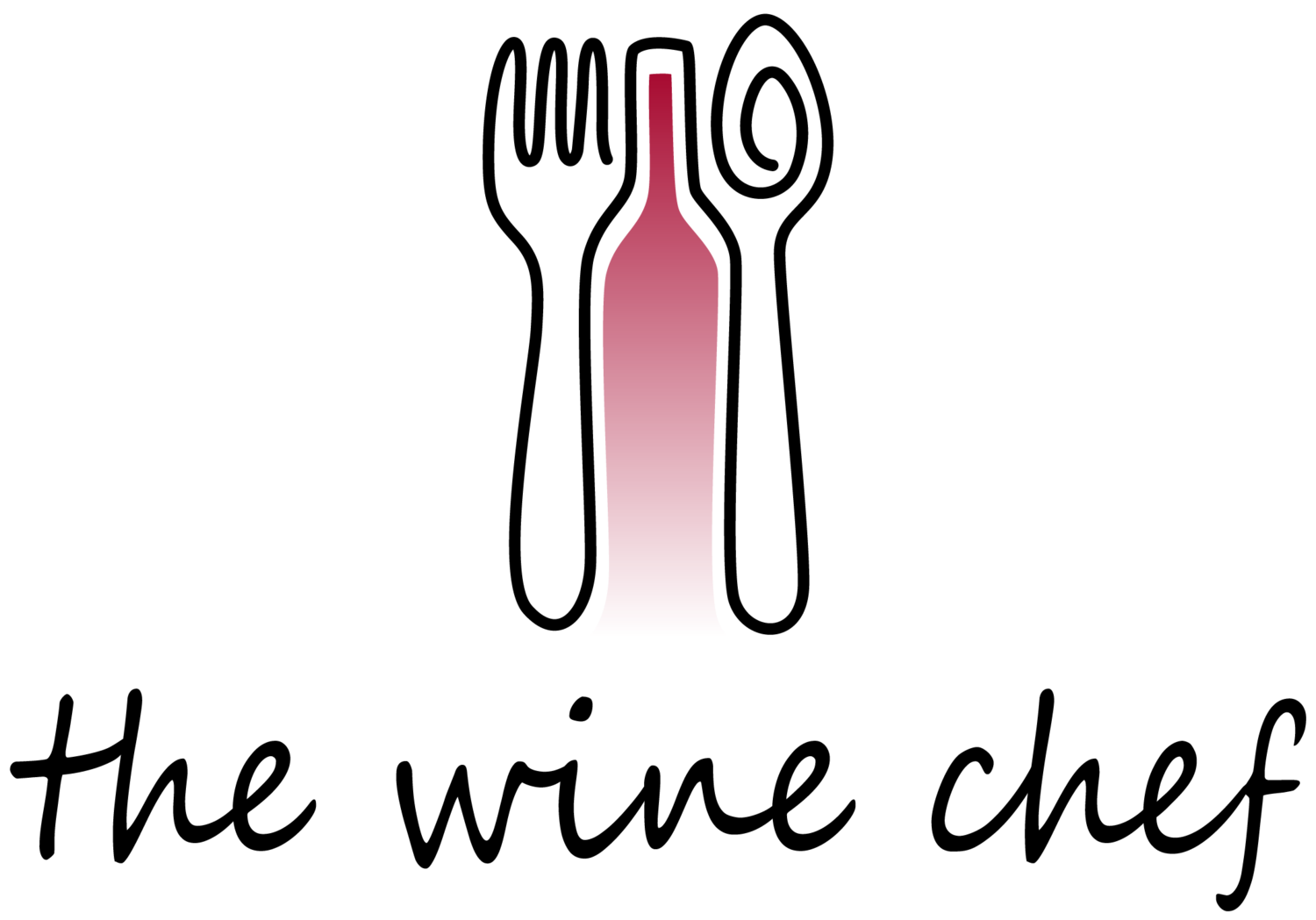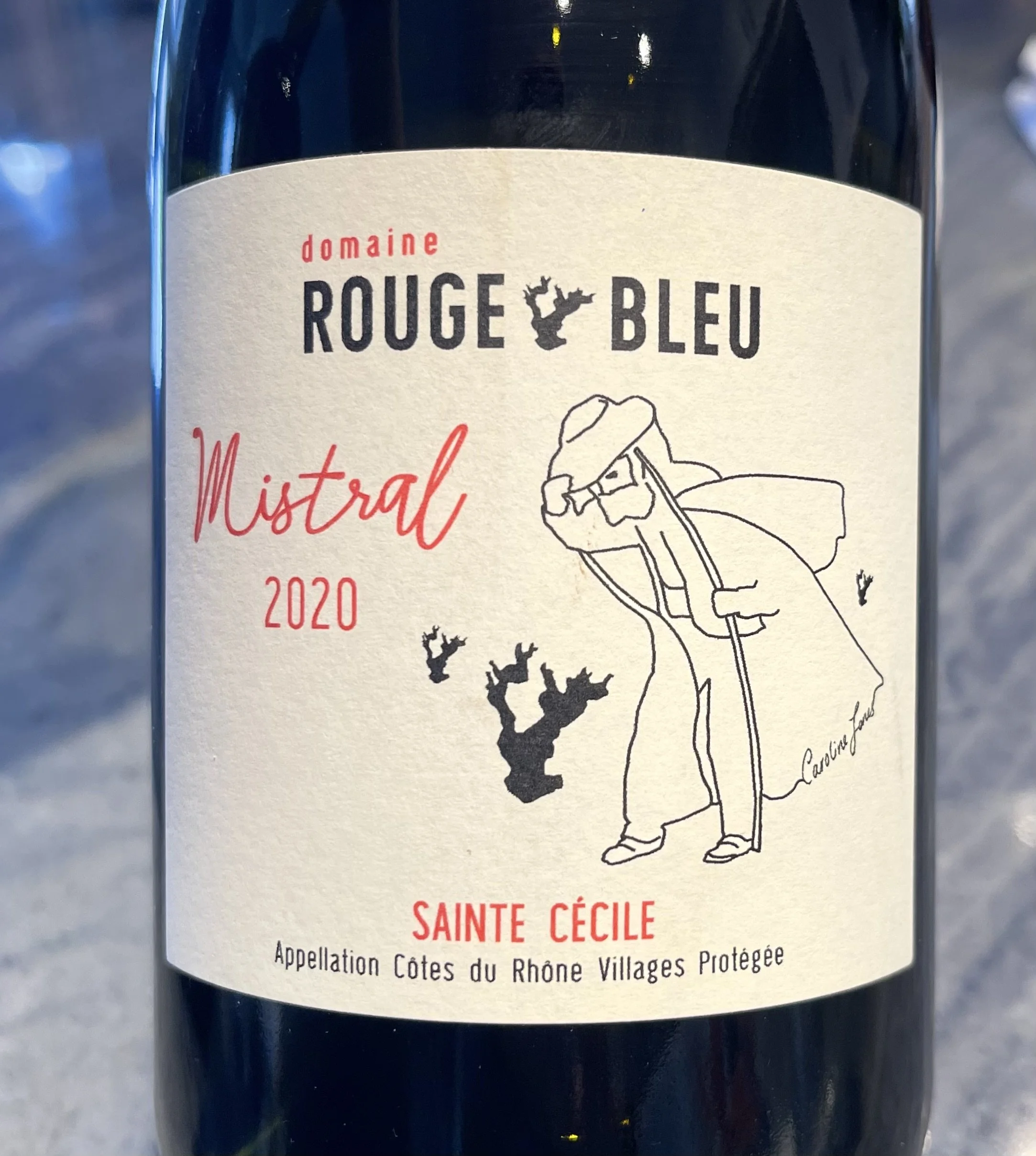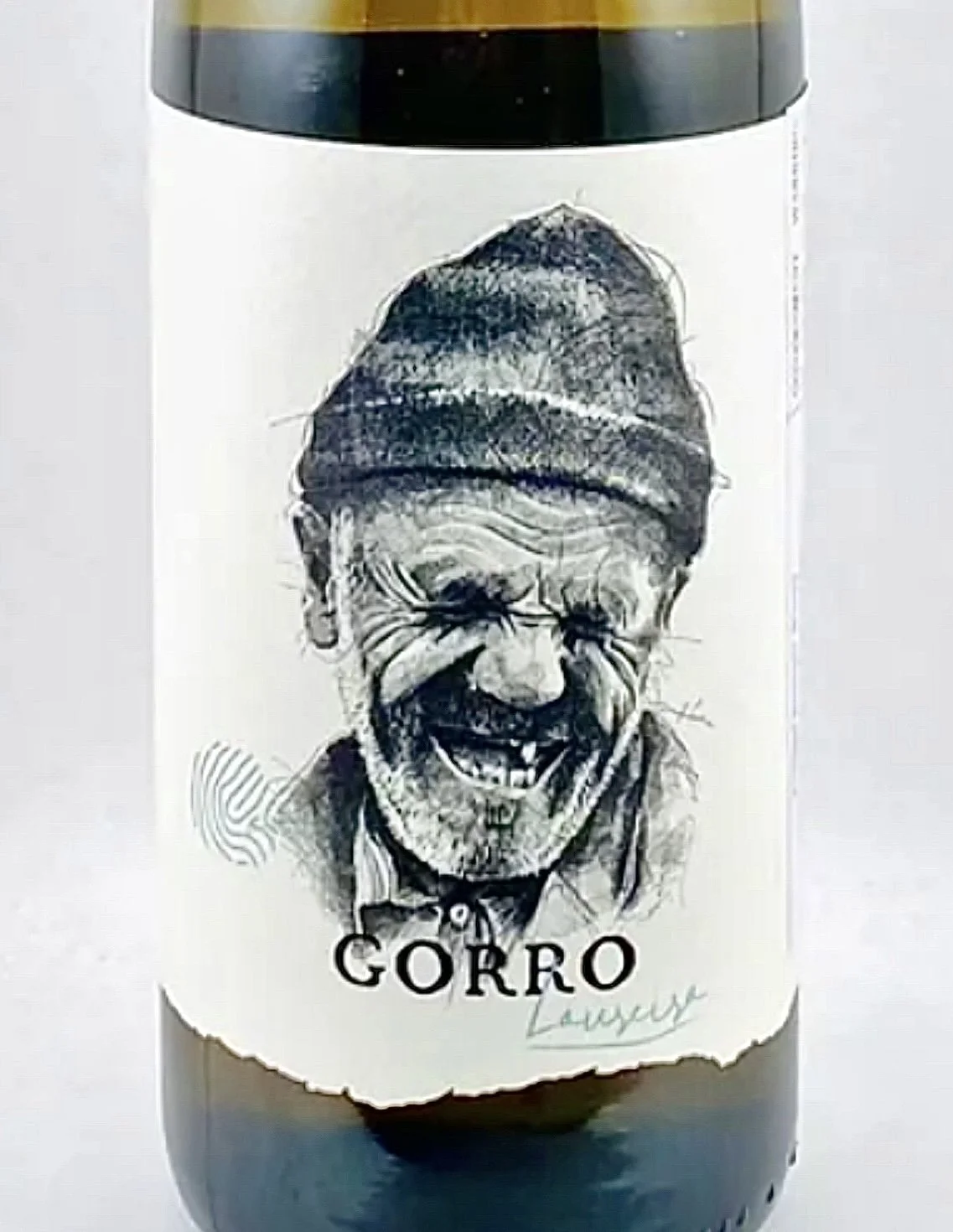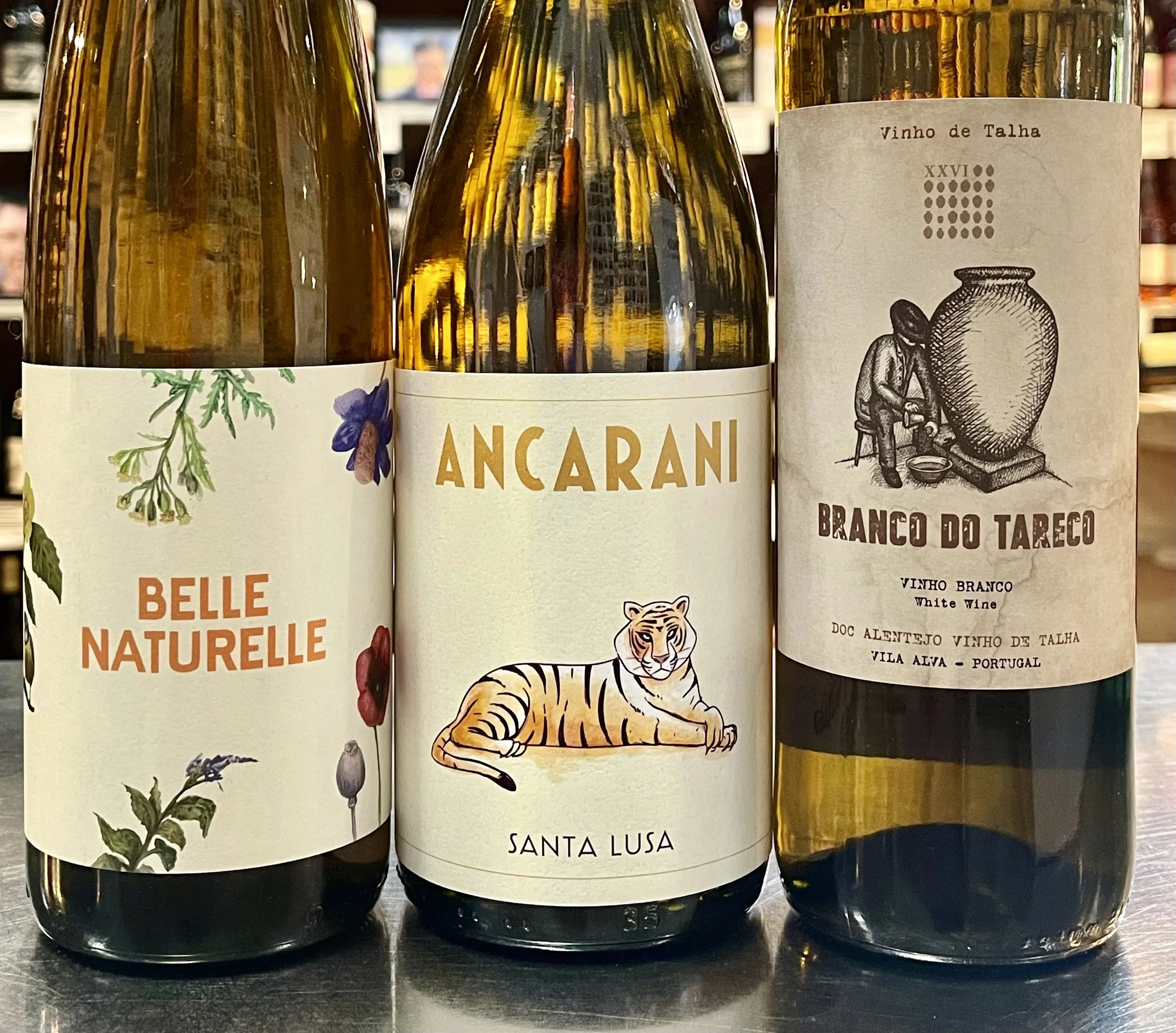10 Wine Questions You’ve Always Had, But Were Afraid to Ask
/Wine should be fun, but sometimes it feels like a secret club with its own language. If you’ve ever hesitated to ask a question for fear of sounding “stupid,” know this: if you're wondering, someone else probably is too, and no question is too basic when it comes to wine.
There’s a reason wine pros often say, “The more you know, the more you realize you don’t know!”
Here are 10 questions I often get asked about wine.
1. Is a $100 wine really better than a $25 one?
Not necessarily! A $100 wine might be rare, cellar-worthy, or made in tiny quantities, but it could also just be coasting on name recognition. Often, what you’re paying for is branding, prestige, and real estate.
I like to compare it to shopping for a diamond ring. If you go to Tiffany’s (aka Napa Valley), you’ll pay top dollar—some of it for the ring, some of it for the box. But if you shop in the diamond district (say, Aleñtejo), you might find something equally tasty for a fraction of the price. Lesser-hyped regions often have older vines, lower land costs, and passionate, under-the-radar winemakers who tend the land without chemicals and make the wine without additives.
So yes, price can reflect quality—but it’s not a guarantee. Some of my favorite bottles are under $30, such as this Côtes du Rhône Villages from Domaine Rouge-Bleu, a classic Southern Rhône blend of mostly Grenache with Syrah, Mourvèdre, and Roussanne.
2. How do I learn about wine without taking a class?
The best way to learn more about wine is to drink with curiosity. Try two bottles of the same grape from different regions. Notice what you like (or don’t), and take a quick photo or note—yes, “great with roast chicken” totally counts.
Also helpful:
Follow winemakers, importers, and wine writers on social media. Check out this recent list of wine influencers from Feedspot.
At your local wine shop, don’t just ask what’s popular. Ask what they’re excited about. You’ll discover bottles you won’t see on ‘Top 100’ lists, like this Gorro Vinho Verde 2023 (avg price $20), a crisp and lemony Portuguese white made from the Loureiro grape. The label is a nod to the old farmers who tend to the vines and are the bedrock of Portugal’s wine industry.
3. How do I talk about wine without sounding ridiculous?
Start with:
Body: light, medium, or full?
Fruit character: red fruit, black fruit, citrus, stone, tropical?
Texture: lean or creamy, supple or grippy?
Vibe: juicy, earthy, savory, floral, spicy?
You don’t need to say “forest floor” or “garrigue.” Try “tastes like cranberry juice with a kick” or “smells like summer in a tomato garden.” Wine is personal, so use language that means something to you.
4. Why do people swirl their wine? Should I?
Swirling isn’t just for show. It helps oxygen mingle with the wine, opening up aromas and flavors. That swirl-and-sniff moment tells you as much as the first sip. You don’t have to do it, but it’s worth trying out. You may become as hooked on it as I am.
5. What are tannins, and why do they make my mouth feel dry?
Tannins are naturally occurring compounds found in grape skins, seeds, and stems (and in oak barrels, too). They’re what give wine—especially red—its structure and that mouth-drying, puckery sensation, particularly when the wine is young. High-tannin grape varieties include Nebbiolo and Cabernet Sauvignon, both known for their firm grip and aging potential. As a wine ages, its tannins soften and become more approachable.
Think of the feeling of oversteeped black tea. That’s tannin. It helps wine age gracefully, but too much can feel harsh. If you prefer more supple, silky reds, look for low-tannin varieties like Pinot Noir, Gamay, or Grenache.
6. What’s the difference between natural, organic, and biodynamic wine?
Let’s break it down:
Organic: Wine made from grapes grown without synthetic pesticides, herbicides, or fertilizers.
Biodynamic: Wine produced using organic practices, plus following the lunar calendar, natural composting, and other holistic methods.
Natural: A looser term, generally meaning minimal intervention with the use of organic farming, native yeasts, low or no added sulfur, no additives, and often unfiltered. Natural winemaking is more like a return to tradition. The category isn’t perfect, but when it’s good, it’s electric. Don’t judge by the label either (although natural wines often have the most fun, colorful, eye-catching labels)—judge by what’s in the glass.
7. What is orange wine, and is it made from oranges?
Nope! Orange wine, or skin-contact wine, is white wine made in a similar way to red wine. After pressing, the juice macerates with the skins, which adds texture, color, and flavor. If the juice is in contact with the skins for a shorter period, the color is less orange, with a more golden straw-yellow hue. These wines can taste like dried apricot, black tea, or marmalade. Sometimes funky, sometimes not, but always food-friendly and full of personality.
Don’t feel silly if you thought it was made from oranges. Plenty of friends have asked me if it was!
Try one of these Wine Chef favorites (for sale at Grape Collective): Jurtschitsch Belle Naturelle Gruner Veltliner 2023 ($30), Ancarani Santa Lusa 2023 ($28.00), XXVI Talhas Alentejo Vinho de Talha Branco do Tareco Vinho Branco ($22)
8. Why shouldn’t I call all sparkling wine “Champagne”?
It might seem harmless to call all bubbly “Champagne,” but here’s the thing: Champagne is a place, not a style. The real thing can only come from that region in France, and it’s made under very specific rules, from how the grapes are grown to how the wine is aged and bottled.
Calling every sparkling wine “Champagne” is like referring to all blue cheese as Roquefort or every whiskey as Scotch, and calling something like Prosecco “Champagne”? A surefire way to irk someone like me. 😉
There are many other delicious sparkling wines with their own distinct identities, such as Cava from Spain, Lambrusco from Italy, and Crémant from other parts of France. Calling them by the correct name gives credit to the craft and the place it comes from. Here are a few examples:
9. What’s the difference between Old World and New World wines?
These terms refer to geography and style.
Old World: Europe (France, Italy, Spain, etc.). Wines tend to be earthier, more restrained, and lower in alcohol.
New World: Anywhere else—U.S., Australia, South America, South Africa. Wines here are often fruitier and fuller-bodied.
Of course, the lines are blurry. You can find elegant, restrained wines in California and bold, juicy ones in France. But if someone says “this tastes Old World,” they likely mean earthy, savory, and less fruit-forward.
10. What should I know before visiting a wine region or winery?
Wine travel is one of life’s great pleasures, but a little prep goes a long way:
Make appointments. Many wineries don’t accept walk-ins.
Pace yourself. Two to three visits per day are plenty.
Use the spit buckets. Spitting keeps your palate sharp and helps you avoid getting tipsy during a day of tasting.
Ask questions. Winemakers and others who work at a winery love to share what makes their wines special.
And when flying home, check airline rules or invest in a wine shipper case.
Got more wine questions? I’d love to hear them! Drop them in the comments or DM me on Instagram @nycrestaurants.








